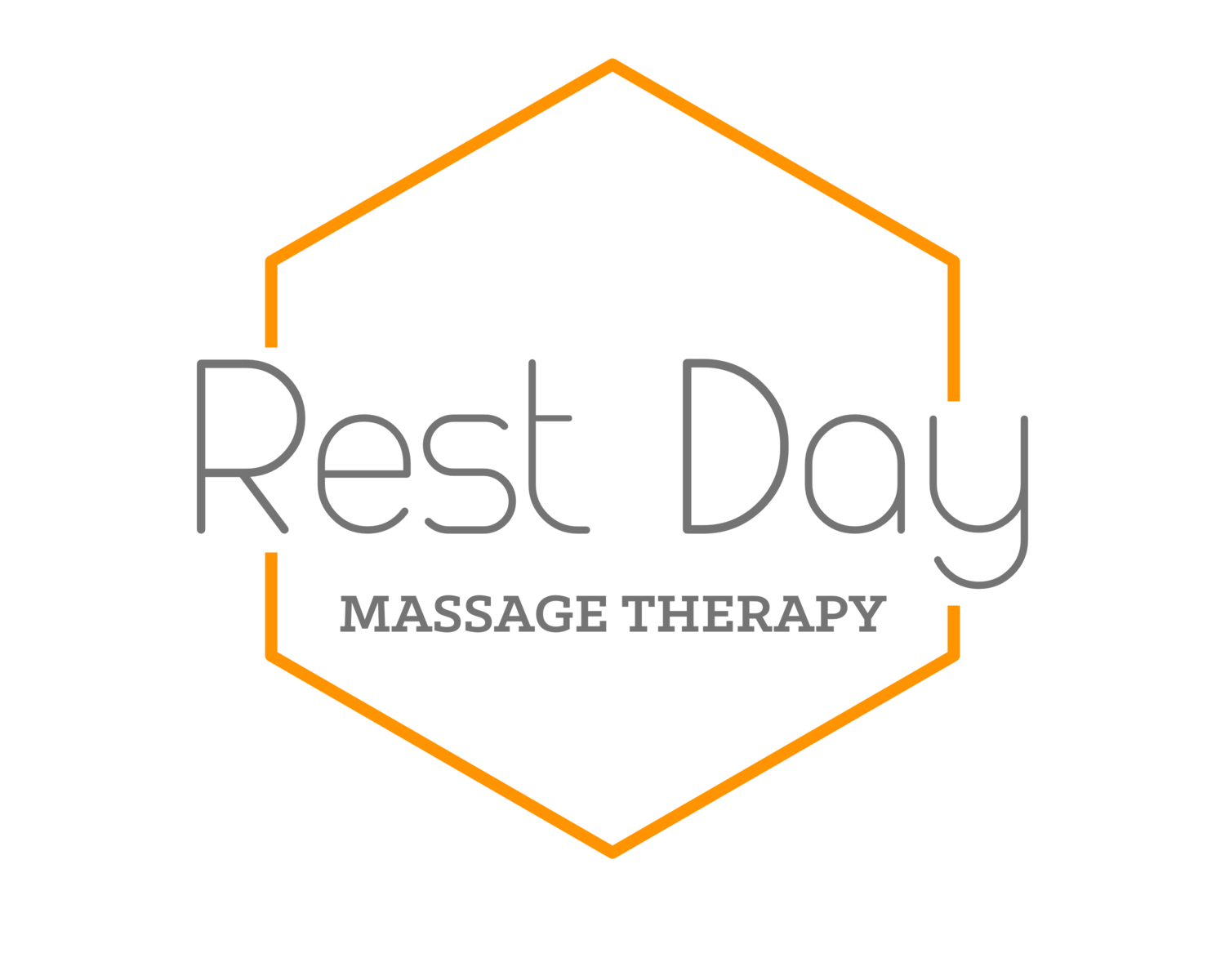Foam Rolling Basics: Do’s, Don’ts, and Best Practices of Foam Rolling for Self Massage at Home!
Foam rolling has become a popular form of recovery and pain relief for athletes and couch potatoes alike. It is safe, effective, and fairly easy to do; because of this, it is something I typically recommend for my clients to do at home.
I believe that foam rolling is both a science and an art. It is adaptable to many different conditions, situations, and needs, which is why I’m such a fan of this recovery method.
However, there are best practices on how, when, and where to foam roll. I’m here to give you the basics to help you better recover, perform, and get out of pain via foam rolling!
What is foam rolling?
Foam rolling is a type of myofascial release. It creates compression and shearing within the muscle and surrounding fascia tissue. This can help lengthen and broaden muscles, as well as allow for better glide between fascia tissue.
Foam rolling can also affect the nervous system. The speed at which you roll can help rev up your nervous system (up-regulate) or relax it (down-regulate). Rolling also stimulates nerve ends which brings awareness to an area. If the brain is more aware of an area, it can better move it.
Rolling for Pain
When we roll to reduce pain, we are essentially trying to distract the nervous system and scramble the pain signals that our body is sending to the brain. This isn’t necessarily a long term solution, but can provide temporary relief while you work through an old injury.
Depth: Light
Rate: Moderate to Fast
Duration: 10-90 seconds
Identify location of pain and nearby areas of tenderness. Start here!
Gently and quickly roll over the area for 10-90seconds
Address tissues up and down from target areas. (The point of pain might not be where the issue is!)
Rolling for Movement Prep
Foam rolling for movement prep can be incorporated into a warmup for any type of sport or activity. (Ok, I should say” in theory'' for all you naysayers out there!) We want short bursts of stimulus to bring awareness to an area and up-regulate the nervous system. Prolonged foam rolling (even if it's done at a fast pace) can relax the tissue, so be sure to keep the rolling short and sweet!
Depth: Light/Moderate
Rate: Fast
Duration: 10 seconds x 3 sets
Identify area/areas that will be targeted in upcoming workout or activity.
Vary between medium sustained pressure to light rapid movement over the target area
Do this in 10 sec bursts (x3). Don’t overdo it.
Address tissue up/down stream to target area.
Rolling for Recovery
This is the most commonly used method of foam rolling. (I often see athletes doing this prior to a workout, and it’s just the best use of the foam roller.) This method helps to promote better blood flow, down-regulate the nervous system, and relax the muscles. Ideally this is done AFTER a workout/activity to help speed up recovery. It's also helpful as an “as needed” method for tight muscles.
Depth: Moderate/Deep (Deep meaning 7/10 on a pain scale. Anything more than that can actually cause injury. Don’t be a hero, just back off on the pressure a little!)
Rate: Slow
Duration: >90seconds
Identify tissue targeted in workout OR Identity area of tenderness/tightness = target tissue
Apply SLOW and DEEP pressure on tissue for 90 seconds or more.
Address tissue above and below the target tissue.
Disclaimer Section and The Like:
While foam rolling is a very safe activity, you should avoid foam rolling on new (acute) injuries. If the area has a fracture, sprain, or strain, foam rolling can make it worse. If you are at all concerned, consult your physician.
Also, do not roll directly on:
Joints, breaks, strains, tears, open wounds, rashes, medical devices, piercings, fresh tattoos, zippers, blisters, and anything that might be overly uncomfortable. If in doubt, don’t :)

